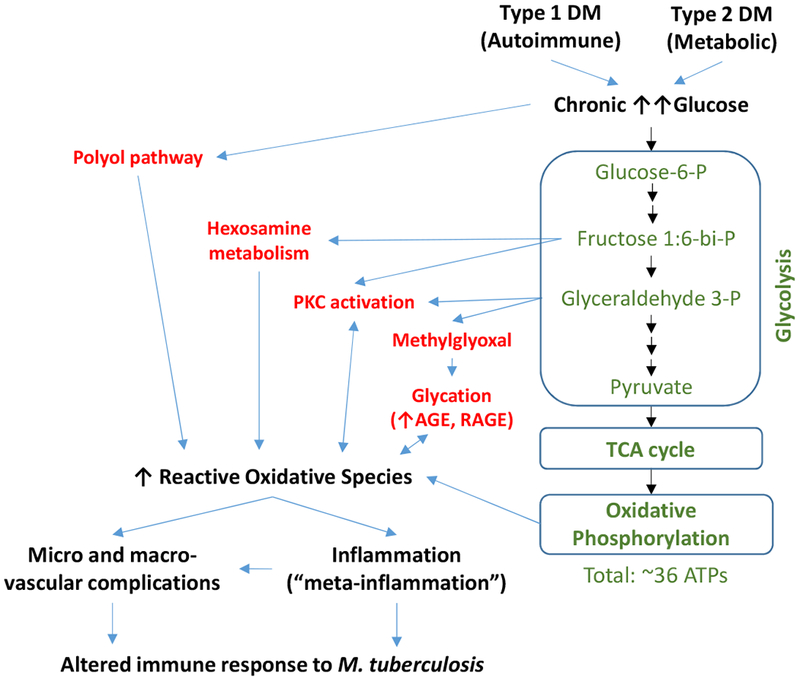Figure 4. From chronic glucose excess to glucotoxicity that can lead to compromised immunity.

During normoglycemia, glucose is oxidized through the glycolysis, tricarboxylic acid cycle and oxidative phosphorylation for efficient generation of ATP and reducing power (green text). During the chronic hyperglycemia resulting from type 1 or type 2 DM, excess glucose swamps the glycolytic pathway and inhibits the catabolism of glyceraldehydes, leading to the abnormal and excess shunting of the up-stream metabolic intermediates to other pathways (red font). These shunting pathways enhance the accumulation of reactive oxygen species that cause chronic oxidative stress. The reactive oxidative species cause micro- and macrovascular damage and induce chronic inflammation (referred to meta-inflammation in the case of metabolic alterations associated with type 2 DM). We posit that these alterations jointly contribute to compromised immune responses, contributing to the higher risk of DM patients to TB, particularly those with poor glucose control. P, phosphate group; PKC, protein kinase C; AGE, Advanced glycation end product; RAGE, receptor for AGE.; TCA, tricarboxylic acid cycle; Only selected intermediates of the glycolysis pathway are shown.
